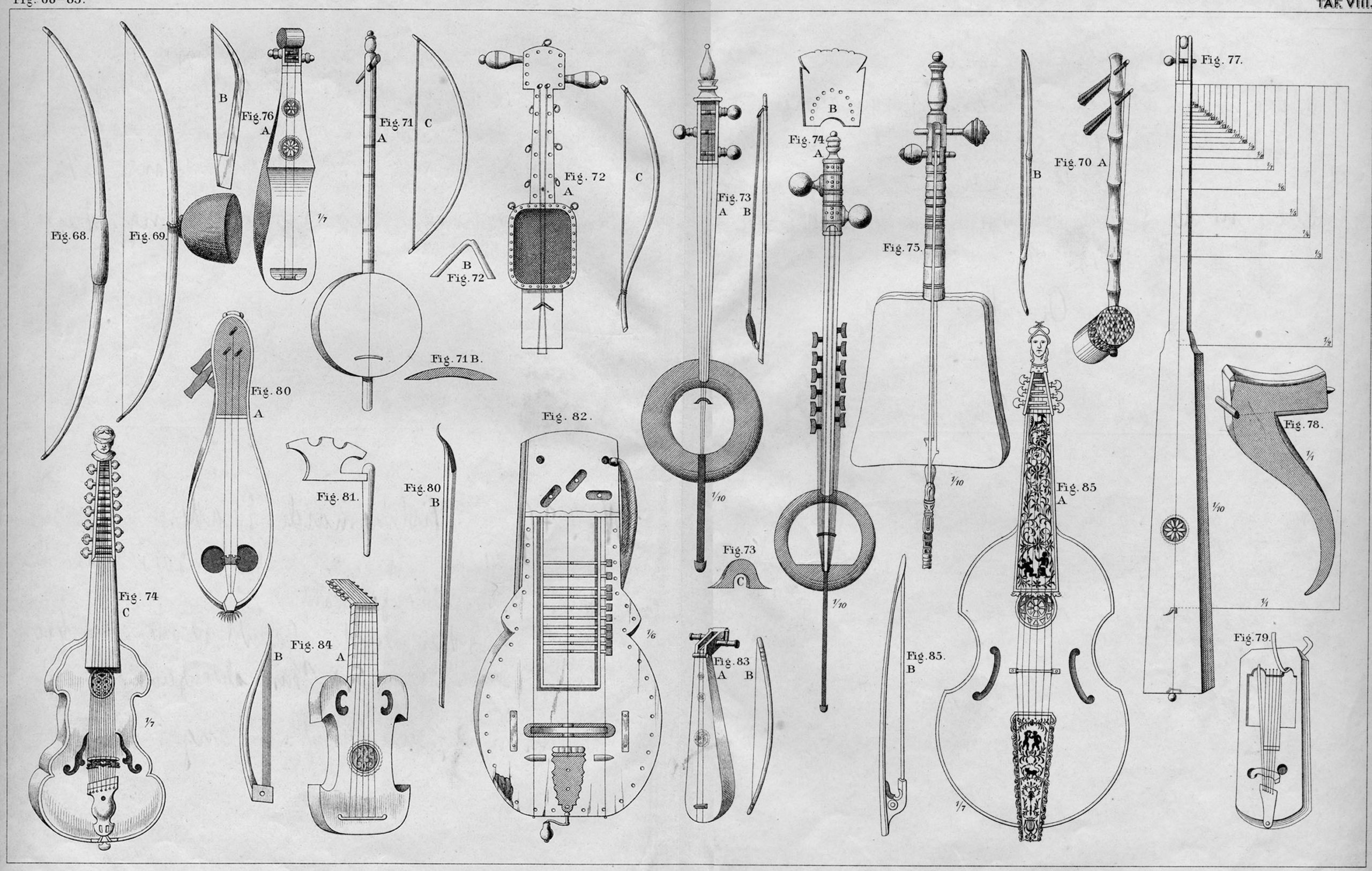
The decline of violin making began in the second half of the 18th century. Caused by a permanent growth of the demand for instruments the violinmakers were forced to produce more and to produce faster. They used varnishes that dried more quickly but which could not reach the quality of the elder ones. Still, every violinmaker and every enthusiast for violins regrets the disappearance of the old Italian, the so called classical, varnishes. So, there are some violin makers who try heavily to reconstruct old varnishes; they invest plenty of time for their experiments.
Many negative influences for violin making result from the pollution of our environment. It is known that in earlier times, rafts transported all the chopped trees. The river Po 250 years ago – a pure river – cannot be compared with the polluted waterway it is nowadays. The same fact is valid also for nearly all stretches of water. Because of the fact that wood is a material with high absorbency, all substances dissolved in the water penetrate the wood. During the process of drying out, all these substances remain in the wood. In addition during the whole process of later working by the violin maker, this negative influence cannot be corrected.
But the environment is an important aspect not only as far as wood is concerned. All substances, which are used to produce varnishes are natural produce. The so-called pore filler consists of propolis which is produced by bees. The colouring of varnishes consist of natural colours, the solvents are natural ethereal oils. All natural substances that are used in violin making nowadays are not comparable with the substances of earlier times; unfortunately, they have lost their purity.
The ideal materials that were used in classical violin making and the very positive effect of the aging process resulted in the completeness of all classical instruments made by Italian masters.